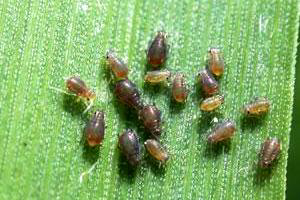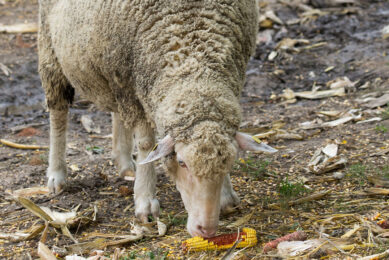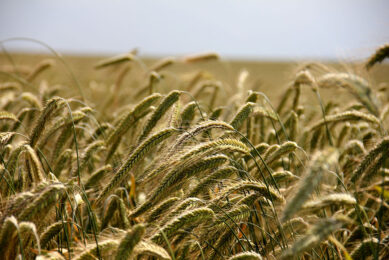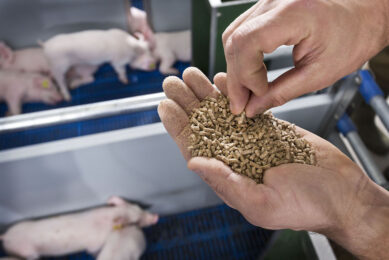Keeping barley yellow dwarf virus at bay

Last year saw the highest level of barley yellow dwarf virus infection in cereals for many years and even crops receiving an insecticide treatments still showed symptoms.
BYDV (barley yellow dwarf virus) is carried and transmitted to emerging winter cereals by aphids. The main vectors in the UK are the grain aphid (Sitobion avenae) and the bird cherry-oat aphid (Rhopalosiphum padi). The corn leaf aphid can also transmit BYDV in small-grain cereals, and while still uncommon, it could increase as the area of maize increases and winters get milder.
The unusually mild weather also ensured that aphid pressure continued right the way through the autumn. The result was that, as pyrethroid chemistry has a very short persistence, a single application was often insufficient to give complete control.
Traditionally, bird cherry-oat aphid is usually considered to be the more important vector, but there is much variation and this assumption may not hold true in all parts of the country. Past experience has shown that grain aphids can be an effective vector of BYDV if present in crops.
Enhance control
In the coming year growers’ prospects for successful BYDV control can be boosted by employing a range of tactics. The seed treatment should be sufficient to cover the susceptible period – until the aphid migrations cease, usually by early November. However, if conditions are similar to last autumn, when migrations persisted into December, then an additional foliar spray might be necessary.
Aphid monitoring
Monitor emerging crops carefully for aphid migration and make sure you know the difference between bird cherry-oat aphid and grain aphid. If the predominant species is grain aphid, then pyrethroids may not provide effective control.
Monitoring aphids continuously post-treatment, this is critical if the aphid migration period has been extended (and hence more aphids arrive after the first treatment has been made) and/or the late autumn is mild, allowing surviving or late-arriving aphids to multiply in crops and spread the virus further.
Foliage treatments
Spray applications may be required once aphids have migrated on to crops and where insecticidal seed treatments have not been used, but before they have had a chance to spread the virus from their initial colonisation point (usually mid- to late October).
The resistance factor identified so far in grain aphid is not high, so it is important growers use the full recommended rates.
Source: Farmers weekly
Join 26,000+ subscribers
Subscribe to our newsletter to stay updated about all the need-to-know content in the feed sector, three times a week. Beheer
Beheer









 WP Admin
WP Admin  Bewerk bericht
Bewerk bericht